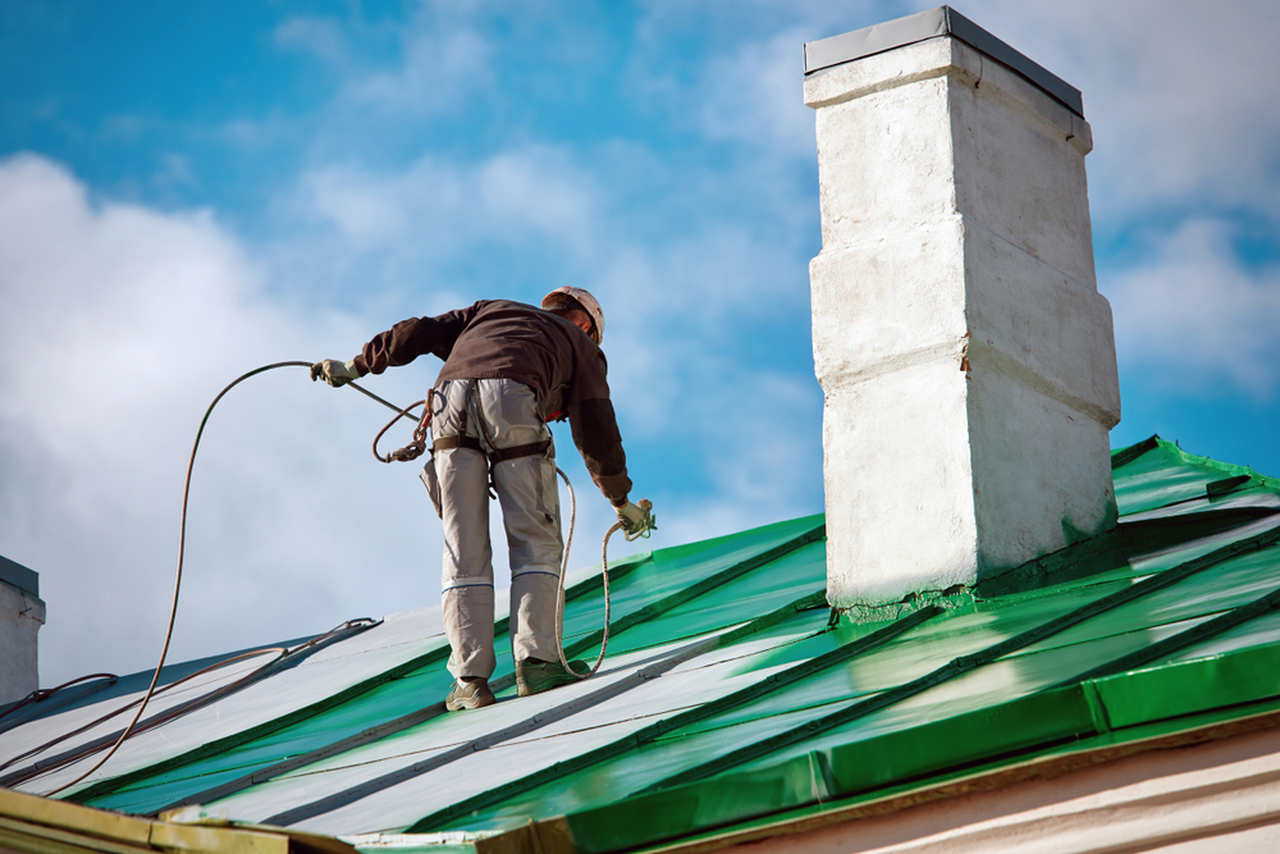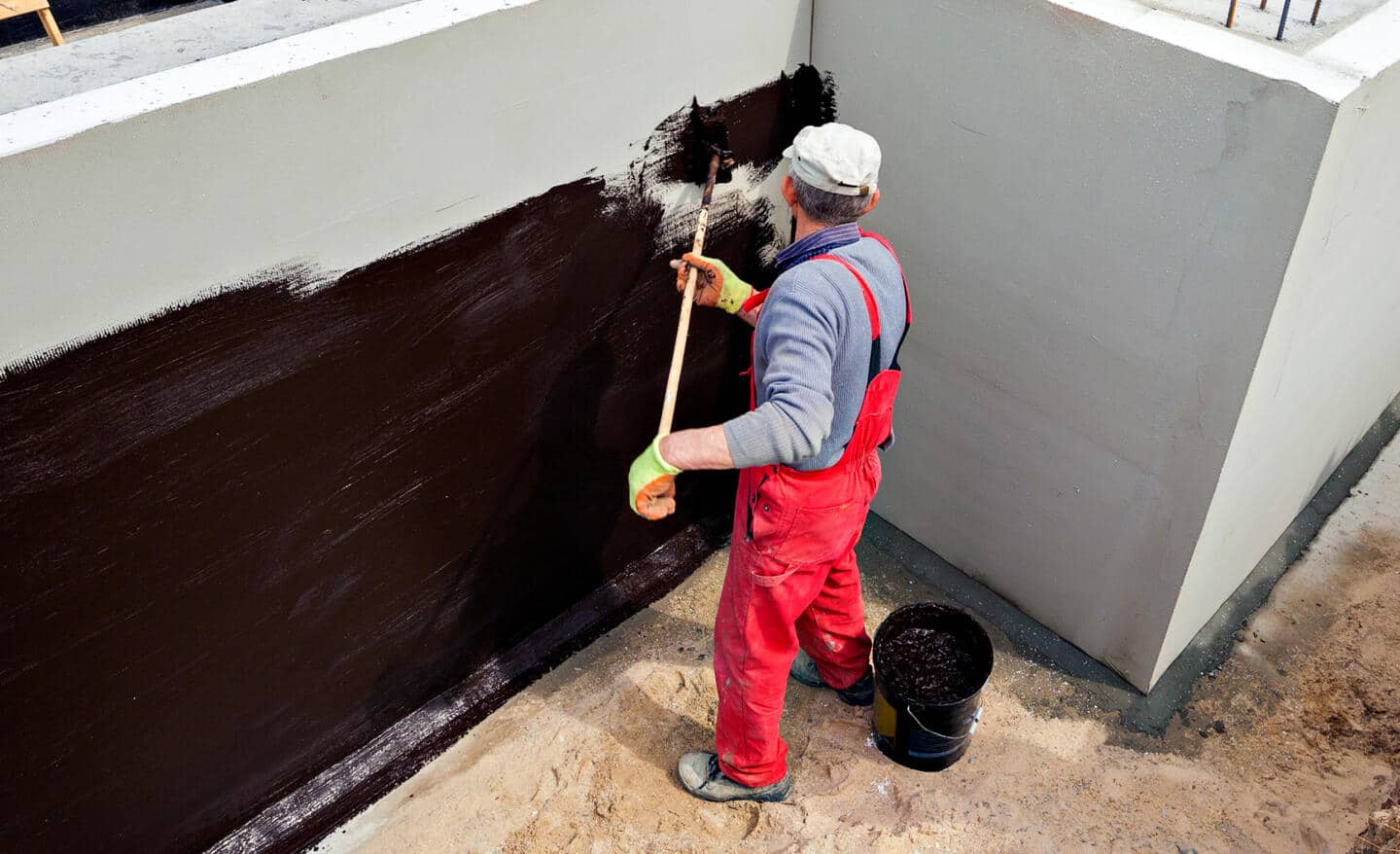Types of Waterproofing: Exploring the Various Methods and Their Applications
Waterproofing is an essential element of construction and upkeep. It shields structures from the damaging effects of water damages. There are numerous techniques readily available, each with its unique applications and advantages. From membrane layer systems to cementitious options, recognizing these options is important for reliable execution. The option of waterproofing method can significantly impact longevity and longevity. Discovering these different techniques exposes their distinctive benefits and prospective challenges, triggering additional consideration of optimal options.
Membrane Waterproofing Equipments
Membrane layer waterproofing systems act as an essential obstacle against water breach in various structures. These systems generally include thin sheets made from materials like rubber, polycarbonate, or bitumen, which are related to surfaces to avoid moisture penetration. They can be installed over or listed below grade and are particularly effective in locations vulnerable to high water exposure, such as cellars, roofings, and foundations.The setup process involves cleaning the substrate, applying adhesives or guides, and specifically fitting the membrane layer to guarantee full protection. Membrane systems can be either completely adhered, mechanically affixed, or laid loose, depending upon the particular requirements of the job. They use durability and adaptability, suiting structural activities without compromising their waterproofing abilities. These systems can be enhanced with additional layers for enhanced protection. Inevitably, membrane waterproofing systems are essential for safeguarding frameworks versus water damage and maintaining long-lasting honesty.
Liquid-Applied Waterproofing Coatings
Liquid-applied waterproofing layers offer a versatile service for safeguarding surfaces from water infiltration - French drain installation Omaha. These finishings contain fluid materials that, when applied, create a seamless, adaptable membrane. Their flexibility enables for application on different substrates, consisting of concrete, metal, and timber. The finishings can be used in diverse atmospheres, from household to commercial setups, making them ideal for roof coverings, structures, and below-grade structures.One substantial benefit of liquid-applied finishes is their capacity to satisfy irregular forms and pass through fractures, creating a robust barrier against moisture. They typically display excellent bond residential or commercial properties and resistance to UV radiation, ensuring long life and durability. Additionally, the application procedure is typically uncomplicated, enabling quick installment and decreased labor prices. This approach also reduces the threat of water merging, as the continuous layer effectively directs water far from vulnerable locations. In general, liquid-applied waterproofing coverings are an effective selection for extensive water protection
Cementitious Waterproofing Solutions

Cementitious waterproofing services offer a durable choice for frameworks calling for dependable dampness protection. These systems largely utilize a mix of concrete, sand, and chemical ingredients to create a water resistant obstacle. They are usually applied to surfaces such as concrete walls, structures, and floors, providing a sturdy, resilient defense against water intrusion.One of the crucial benefits of cementitious waterproofing is its ease of application; it can be applied making use of a brush, roller, or spray, making it appropriate for different job sizes. In addition, this approach works with lots of surface areas and can usually be utilized combined with various other waterproofing techniques.Cementitious solutions are particularly reliable in atmospheres where water exposure is an issue, such as cellars or below-grade frameworks. Their find more info outstanding attachment properties ensure that they bond well with substrates, offering a strong and impenetrable layer against moisture penetration.
Bentonite Waterproofing
Bentonite waterproofing is a very efficient method that makes use of sodium bentonite clay to produce an all-natural obstacle against water. This method manipulates the unique buildings of bentonite, which broadens upon call with water, securing any type of potential leaks and avoiding moisture seepage. It is generally used in numerous applications, including structure wall surfaces, tunnels, and keeping wall surfaces, where water resistance is essential.Bentonite can be applied in several types, such as panels or blankets, offering flexibility in installment. Its ability to self-seal makes it an eye-catching alternative for locations subject to shifting soil or ever-changing water degrees. Additionally, bentonite waterproofing is environmentally friendly, as it is a natural product that does not present harmful chemicals right into the environments.
Drainage and Outside Waterproofing Solutions
Efficient waterproofing commonly includes a combination of techniques, including water drainage and outside systems. Drainage systems, such as French drains and sump pumps, are made to reroute water away from structures, lowering hydrostatic stress against foundations. These systems are vital in avoiding water accumulation that can lead to architectural damages and mold growth.External waterproofing, on the other hand, entails applying safety obstacles to the structure's outside. Techniques such as the installation of waterproof membranes, coverings, or sealants can useful site help prevent water infiltration. This approach not just safeguards the foundation but additionally enhances the general sturdiness of the structure.Together, drainage and outside waterproofing systems develop a thorough option to take care of water successfully. By applying these approaches, homeowner can safeguard their investments versus the damaging results of dampness, ensuring long-lasting stability and safety and security for their structures.
Often Asked Questions
Exactly how Do I Select the Right Waterproofing Technique for My Project?
Choosing the ideal waterproofing method relies on factors such as task type, ecological problems, budget, and wanted longevity. Reviewing these facets enables for educated choices customized to certain needs and needs.

Can Waterproofing Be Applied in Cold Weather Issues?
Waterproofing can be applied in winter problems, however it calls for details products and techniques. Cold temperatures may impact treating times and bond, requiring cautious selection of items designed for low-temperature application.
What Are the Usual Signs of Waterproofing Failing?
Usual indications of waterproofing failure include noticeable water discolorations, peeling paint, moist odors, mold growth, and splits in wall surfaces or structures. Drainage & waterproofing company Omaha. These indicators recommend that wetness is penetrating the obstacle, compromising its efficiency
The Length Of Time Does Waterproofing Last Before Requiring Maintenance?
The longevity of waterproofing varies, generally lasting between 5 to ten years. Elements such as material high quality, ecological problems, and upkeep methods influence its sturdiness, demanding routine examinations to guarantee reliable security versus water invasion.
Are There Eco-Friendly Waterproofing Options Available?
The concern of environmentally friendly waterproofing options exposes an expanding rate of interest in sustainable products (Foundation waterproofing Omaha). Different all-natural waterproofing shower walls for tile substances, such as plant-based sealers and recycled products, offer efficient solutions while lessening ecological influence, appealing to eco mindful consumers